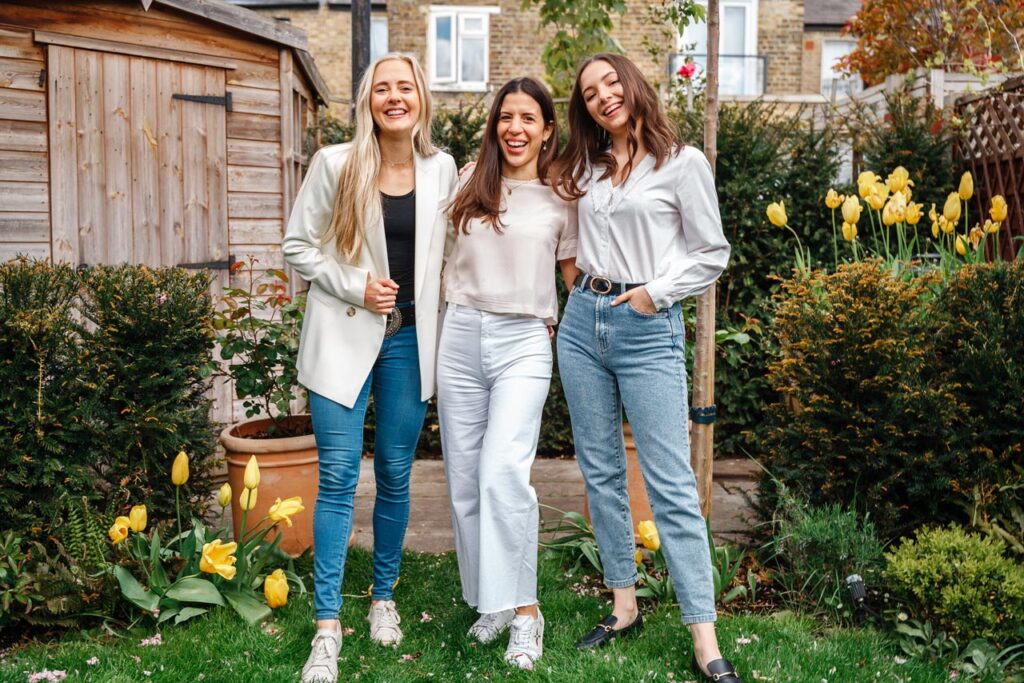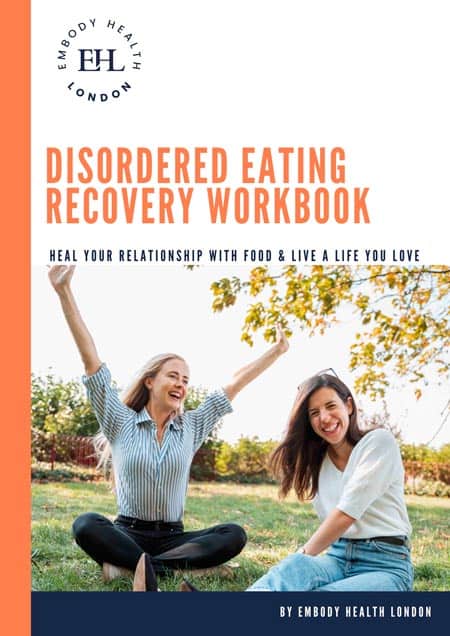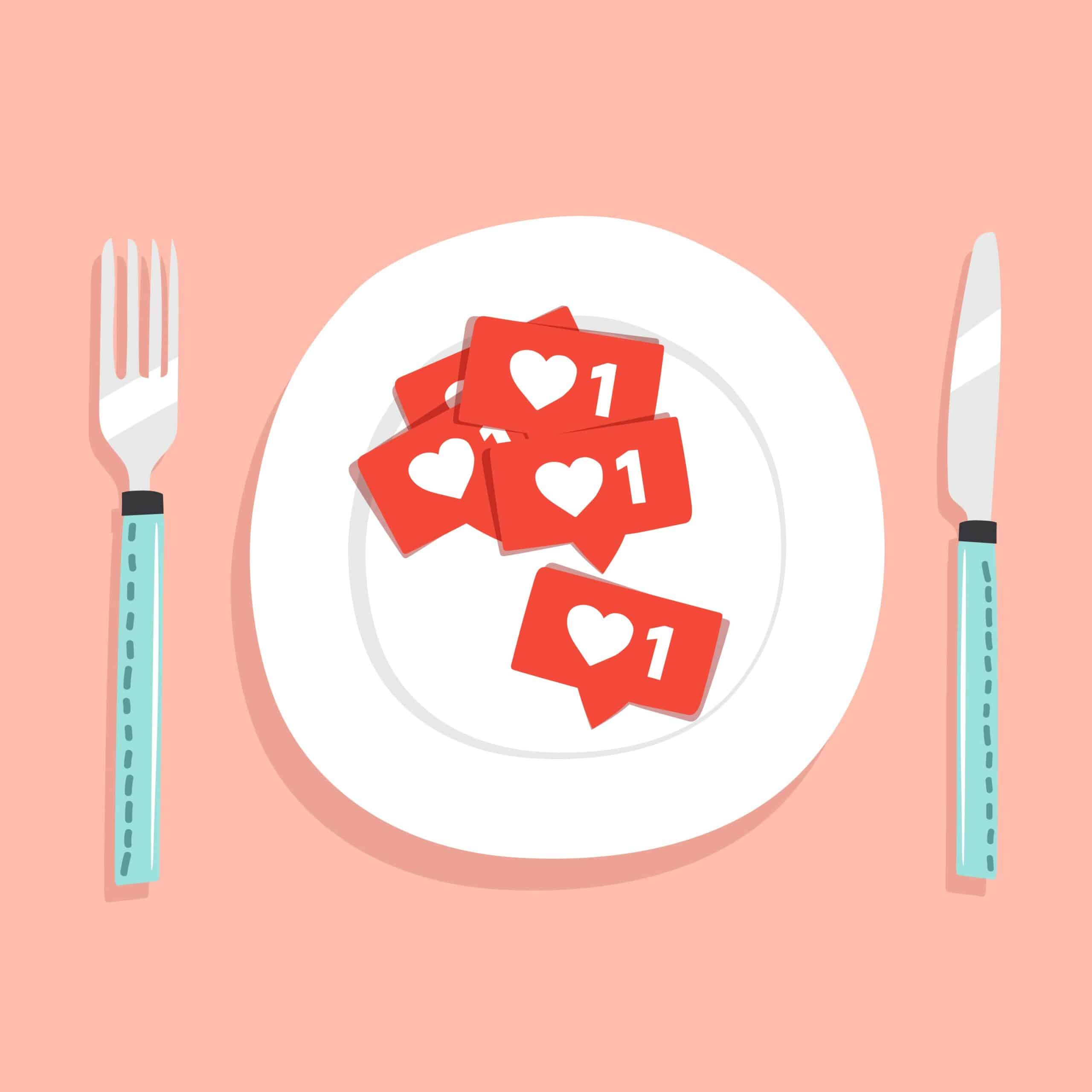
Six tips when shopping on your body image healing journey
Body image is such a big topic in the health space, and we know it is impacted by so many factors, including age, size, mood and even clothing. (1) Clothing has been around for around 100,000 years (2), initially serving more practical purposes, such as protecting people from adverse weather conditions such as rain or intense sunlight. However, clothing today is more focused on aesthetics, style and is a non-verbal way in which we communicate with the world.
‘Enclothed cognition’ is an area within embodied cognition, which refers to the science behind how what we wear affects our behaviour, mood, personality, attitudes, and confidence. (3) Our clothes can represent so much and offer a flavour of who we are to the people around us.
No matter what your body shape or size, everyone deserves to look and feel their best, and to embrace their body here and now. Shopping for new clothes can be an exciting and mood-boosting activity no matter what upcoming events we may or may not have, and no matter where we might be in our process. Read on for our top tips for clothes shopping whilst on your body image healing journey.
ONE: Find and define body acceptance
Acknowledge that your body is entirely unique, and that’s okay. Whilst clothes come in fixed sizes, we aren’t. People come in all sorts of shapes and sizes, which is natural, and clothes may not always perfectly conform to our shape all of the time.
Bodies constantly face change and fluctuation – it’s all a part of what makes us special. Changes to our body and outer appearance can make us feel more positively or negatively about ourselves. Still, it is helpful to practice body neutrality and to accept the functional changes your body undergoes.
Think of all the ways your body allows you to carry out your daily tasks – allowing you to practice movement, speak with friends, read this article, and SO much more! What does body acceptance look like for you? Check out our blog post about how to feel good in your body for an additional dose of inspiration.
TWO: Keep in mind that one size definitely does not fit all
Remember that clothes sizes are not made identically and vary so much between brands and even between individual garments! There are no stringent universal sizing guidelines or regulations, and with the sheer amount of clothing manufactured globally today, there is inevitably a lot of disparity in sizing.
If your body size has recently changed, treat it compassionately, allowing yourself to go shopping or to adjust your clothes so that they fit you well. It is entirely normal and acceptable to fit into a size 12 in one brand and a 16 in another – try to not focus on the number, but instead on the fit and how the clothes make you feel.
THREE: Spend extra on classic, quality pieces
It can be tempting to want to bargain and get the best deals and most items possible for the cheapest price. However, clothes from fast fashion retailers are often not of the highest quality, and may even make us feel worse if they do not fit well or easily tear.
It’s often worth spending a little extra on clothing finished to a high standard, especially if it is a classic wardrobe essential, such as jeans, a white shirt, a blazer, or a coat you will wear repeatedly.
Shopping from more sustainable fashion brands may be more expensive initially, too. Still, it is absolutely an investment and rewarding to know the people (often women and children) who make your clothes are being respected and empowered in their workplace. Use websites such as Good On You to check brand-specific targets and actions towards transparent, ethical fashion.
FOUR: Invest in a tailor
Well-fitting clothes can make you look and feel amazing. It’s worth adjusting some of your favourite pieces with the help of a tailor to make them that touch more special. An experienced tailor will know what to do to make your clothes work and fit better for you.
You can readjust pieces repeatedly if your body shape changes, rather than spending further time and money looking for new clothes. We all have a set body type and frame, and it’s worth researching this so you can opt for styles or cuts of clothes that will flatter your figure in this way.
FIVE: Think about how clothes make you feel and not how you look.
As mentioned before, clothes have an extraordinary power of improving our confidence, mood and attitudes. (3) So, instead of rushing to check the mirror, close your eyes and think about how a garment really makes you feel. Some questions you may want to ask yourself may include:
- Is it a comfortable material, texture, and fit?
- How is the quality?
- Does it accentuate the parts of your body that I want it to?
- Is it warm and practical for the use it will have?
- Will this fit and pair well with other items in my wardrobe?
- How does it feel to move around and walk in the garment?
- What does this add to my wardrobe that I don’t already have?
SIX: Remind yourself that numbers don’t define you.
You are a whole, complete and beautiful person who is worth SO much more than the numbers on a scale or clothing tag in front of you. Remember – fitting is flattering, and wearing comfortable clothes can be a significant confidence boost and help you honour your beautiful body. It can also be a way to show your body respect, a key principle of intuitive eating.
Take some time to express gratitude for all of the functions your body carries out every second of each day, through writing an appreciative letter to it or simply being mindful of all the amazing things it does. Give yourself all of the compassion you deserve!
Remember, you are not meant to fit into clothes… clothes are meant to fit your unique self!
Priya Chotai, BSc ANutr
EHL Team x
References
- Hosseini, SA., Padhy, R.K. Body Image Distortion. 2020 Jul 2. In: StatPearls [Internet]. Treasure Island (FL): StatPearls Publishing; 2021 Jan–. PMID: 31536191.
- Kittler, R., Kayser, M. & Stoneking, M. (2003). Molecular evolution of Pediculus humanus and the origin of clothing. Current Biology, 13, 1414-1417.
- Adam, H., Galinsky, A.D., Enclothed cognition. Journal of Experimental Social Psychology, Volume 48, Issue 4, 2012, Pages 918-925, ISSN 0022-1031, https://doi.org/10.1016/j.jesp.2012.02.008.














